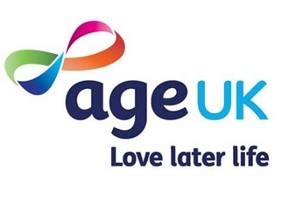Many charities went into the Covid-19 pandemic with a low level of reserves, according to new research.
The paper, Assessing the Financial Reserves of English and Welsh Charities on the Eve of the Covid-19 Pandemic, by David Clifford of the University of Southampton and John Mohan of the Third Sector Research Centre at the University of Birmingham, was published yesterday.
They analysed over 12,000 sets of accounts filed with the Charity Commission for charities with incomes over £500,000, the level at which reporting on reserves becomes a requirement.
Charities are expected to hold reserves so that they can continue to operate if in the event of a sudden financial shock, however, as the report says: “The scale, pervasive impacts and rapid onset of the Covid-19 crisis are beyond the scope of many charities’ assessment of risk.
“This increases charities’ financial vulnerability: in the present context, the levels of reserves held by many charities may not be sufficient to ensure service continuity.”
Median level of reserves is 3.92
Overall the median level of reserves was 3.92 months of expenditure.
Some 21% of charities in the sample had less than one month of expenditure in reserve; a third had less than two months, and 43% had less than three months.
One tenth had just a few days’ expenditure in reserves.
However, the research found significant variations based on the size of charity, main income sources and type of charity.
The report notes that the research is limited by differences in the way reserves are measured and by the fact that charities have ten months to file financial updates with the regulator meaning some data relates to 2018.
Size and age of charity
Larger charities tended to hold lower levels of reserves, as measured by months of expenditure.
Charities with an income of between £500,000 and £1m held on average 4.21 months’ expenditure in reserves, whereas for those with an income between £1m and £10m it was 3.78 months.
Those with incomes between £10m and £100m held 3.3 months’ spending in reserve, and those over £100m held 2.86.
Older charities were also more likely to have a higher level of reserves. On average, those that were registered over 50 years ago has 6.53 months of expenditure.
Type of income and type of charity
Charities that obtain most of their income through charitable activities, such as fees for services and public service delivery contracts, tended to have lower levels of reserves, with a median of 3.31 weeks of expenditure.
Those which generate a lot of income through fundraising had a median reserve level of 3.77. However, the report notes: “We would expect fundraising activities to be particularly circumscribed by Covid-19, so that the position may look different a year or two from now.”
Differences in main income sources, is also reflected when the reserve levels of different types of charity are compared.
Culture and recreation charities, international and umbrella bodies all had under three months’ reserves. But housing, research and health all had nearly six months.
Very few charities could operate on reserves for long
Researchers say it is difficult to makes predictions because of the changing environment for charities seeking new income sources.
However the report concludes: “These figures suggest that if charities have to rely solely upon their reserves then relatively small numbers would be able to do so for any length of time.”
Related articles











